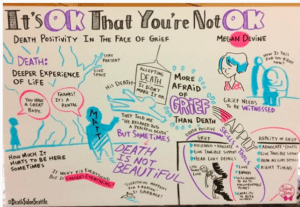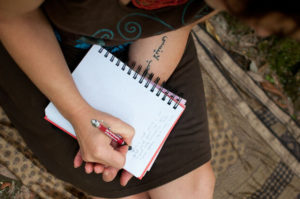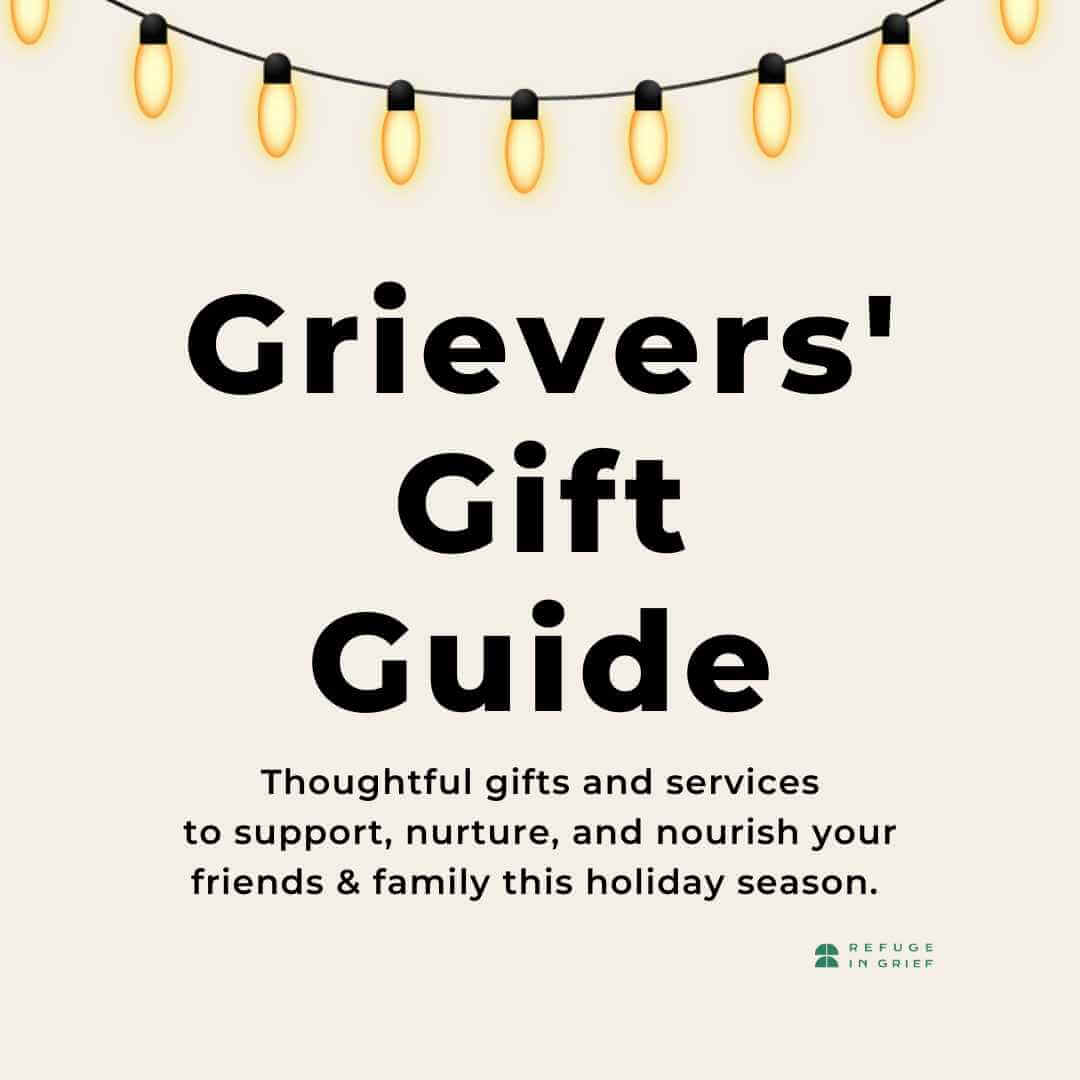can death positivity & grief co-exist?
 The death positive movement seeks to open discussions around death and dying, bringing the conversation out into the world, rather than pretend death doesn’t happen. Death itself is a natural part of life, but the anxiety and terror of modern culture around death is not.
The death positive movement seeks to open discussions around death and dying, bringing the conversation out into the world, rather than pretend death doesn’t happen. Death itself is a natural part of life, but the anxiety and terror of modern culture around death is not.
As a culture, we’re pretty afraid of death. But I think we’re a lot more afraid of grief.
I spent a wonderful weekend in Seattle attending the Order of the Good Death’s Death Salon. How strange that must sound to other people – that one could have a “great” time at a conference focused on death. But I spent most of my 20s studying death – in mythology, religion, and art. Matt and I had long conversations about death, what we’d want done with our bodies, how we felt about retaining our sovereignty and agency inside any life-threatening illnesses we might, one day, hypothetically have. A whole weekend exploring all things death related still sounds like a great time to me.
Of course, Matt and I never got to face down those hypothetical illnesses together. When he drowned at age 39, he pretty much wrecked his prediction that he’d walk off into the woods at 108. That experience – living through his death and the years that have come since – has changed how I feel about discussions of death.
While I still love those conversations about recomposition, art, and other topics, there’s a little irritating burr inside them for me. Death in the abstract doesn’t quite relate to the actual lived reality of death – at least, not to the grief of living after someone you love dies.
That was the topic of my talk at Death Salon last week: the strange discordant clang of ideas around death positivity in the face of grief – especially when that grief stems from out of order or atypical death.
Death positivity can be strange in the face of grief - especially when that grief stems from out of order death. Click To TweetI don’t think it’s intentional, but I think a lot of what we have in mind when we think of death positivity is death that happens at the end of a normal, natural, expected western lifespan. In those kinds of deaths, you get to be sad, yes. But it makes more sense, in addition to that sadness, to lean on our ideas about the cycles of life, of the beauty in a life lived well. Death positivity feels really congruent in the face of those kinds of deaths.
But that’s not the only way we die. Sometimes death is not beautiful. Sometimes death is not normal. Sometimes death is wrong. Especially in our Refuge in Grief community, those typical, end of a long life deaths aren’t all that common. We’re unusual people.
I’ve got a lot more to say on this subject, and there’s certainly a lot of work to be done to help our grief-illiterate culture get up to speed with what so many of us already know: grief is not a problem to be solved. It’s an experience to be supported, witnessed, and held.
Just because death is a natural part of life doesn’t make it acceptable. The work here is to carry what cannot be fixed, and to support each other when the unacceptable happens.
You can be both things: knowledgeable of topics surrounding death, and completely undone by death itself. They just need different skills and tools.
 As always, I love your comments. Let us know how what you know of the death positive movement lands for you. And if you’re not familiar with the women behind the Order of the Good Death, go check them out. They’re some of the smartest, kindest, most articulate people I know.
As always, I love your comments. Let us know how what you know of the death positive movement lands for you. And if you’re not familiar with the women behind the Order of the Good Death, go check them out. They’re some of the smartest, kindest, most articulate people I know.
 And if you’d like a place where you can tell the truth about your grief – with no one telling you to get over it, accept it, or clean it up – the Writing Your Grief course might be just the place for you. Click this link to find the next open session.
And if you’d like a place where you can tell the truth about your grief – with no one telling you to get over it, accept it, or clean it up – the Writing Your Grief course might be just the place for you. Click this link to find the next open session.


